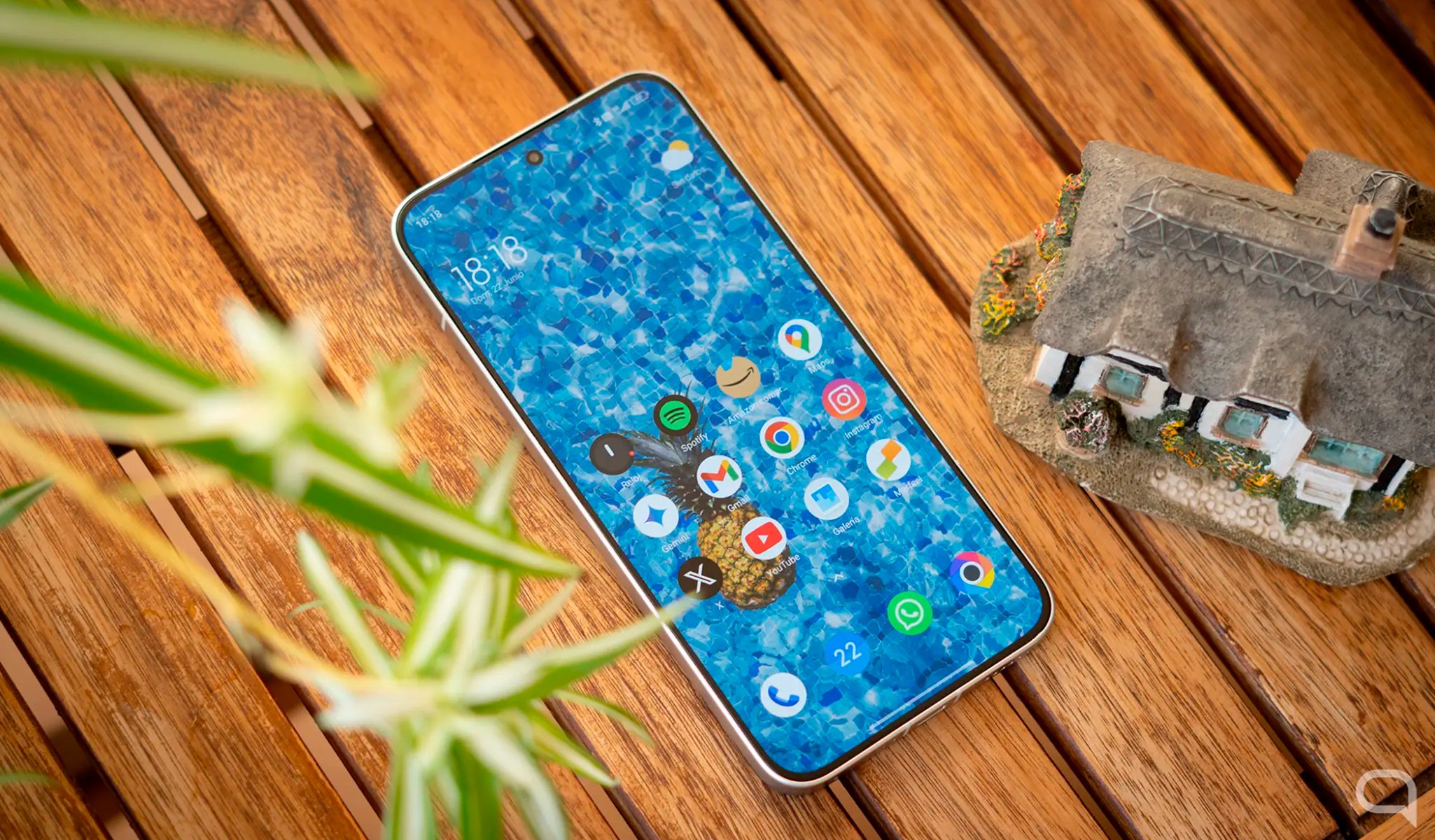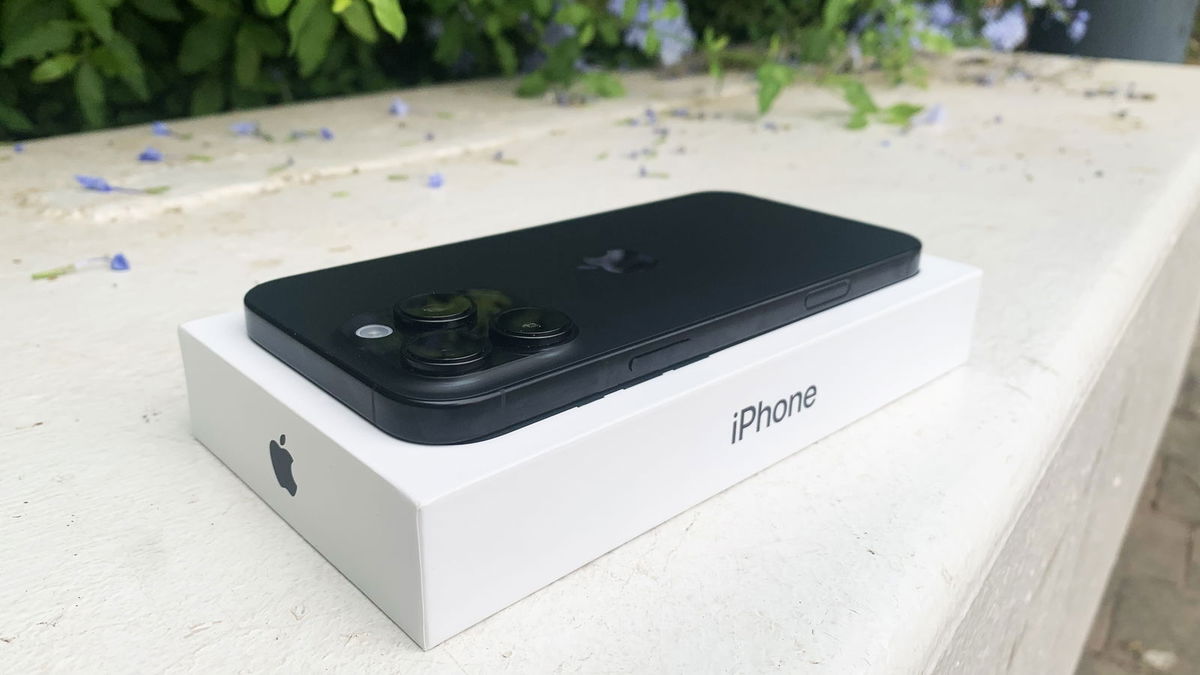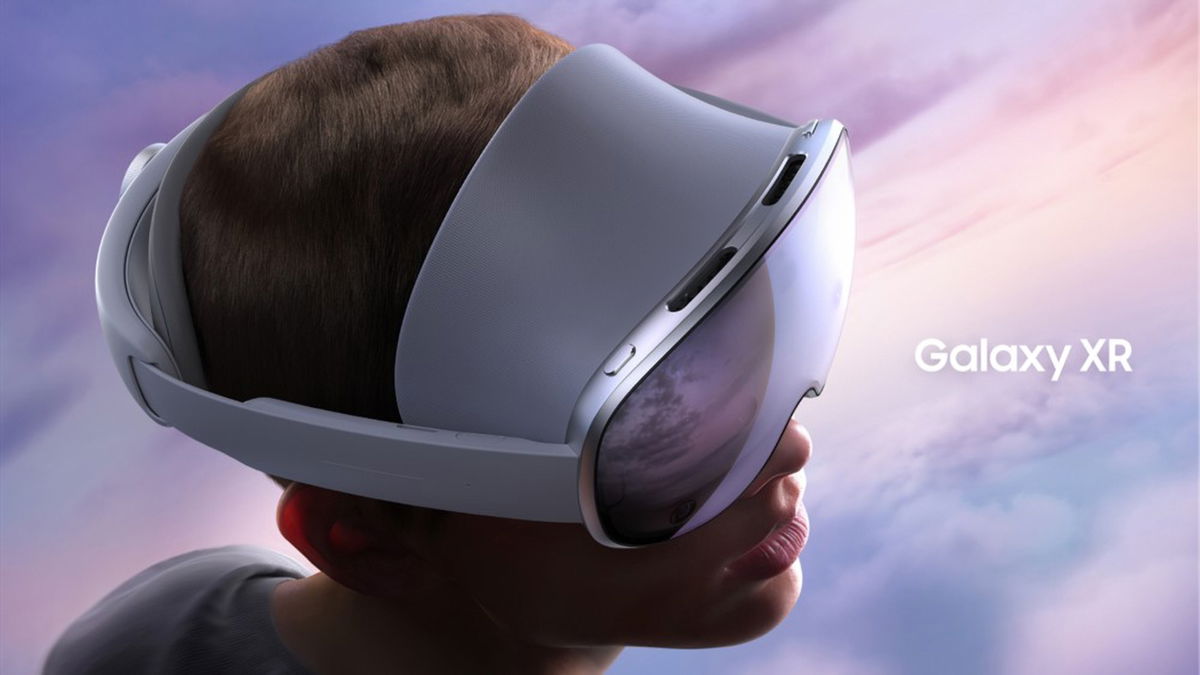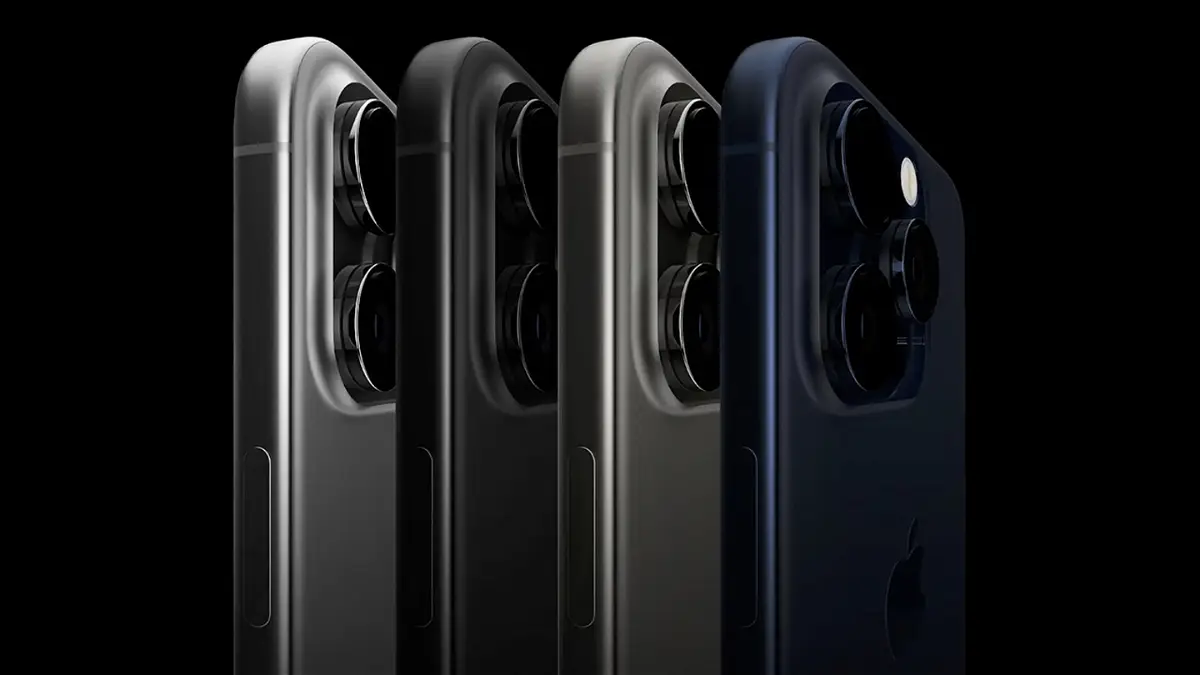A promising role Robots in surgery This is increasingly demonstrated. Robotized hands can be used to manage people who are thousands of kilometers from the human surgeon or even leave robots alone after the margin of the surgeon, where they should act. However, so far it has not been achieved that the robot has undergone an operation without any previous mapping or distant human treatment. It seemed to be science fiction, but The robot was developed at John Hopkins University He just did it for the first time.
This works just like a young surgeon learns from his mentor. First observe, study, and then work without help. Most of all you can follow some Voice readingsBut nothing more.
The operation under consideration was not carried out in a person, but In a realistic copy of the human bodyThe Robot Pole has an operation from Extraction of the gallbladderin which the researchers deliberately added Some complications. This robotic surgeon managed to overcome all the shortcomings and, finally, extract the gall bladder without problems. It’s true what he did slower That an experienced human surgeon, but mainly the same as with a student -surgery. Perhaps over time he manages to do it faster.
How did you train the robot to perform the operation?
The robot, baptized how SRT-HUse the same automatic training architecture as Chat-GPT. Its developers They taught it on the basis of video In which John Hopkins University surgeons were seen by extracting the gall bladder from pork. He was trained with the help of images, vote of surgeons and a series of posters with subtitles of what is happening. Then the procedure was divided into phases and offered the robot to individually perform three of them: hold the needle, raise your body tissue and seamThe field seeing that each of them performed properly and in just a few seconds, everything was prepared for the robot to conduct an operation to extract the gallbladder.
How many steps were there?
Gallley surgery was composed of 17 stepsIn several minutes each. The robot was exposed to the realistic environmental environment, including complications that can really occur during surgery. For example, His initial position was postponedSo that he should count his movements. Also A liquid that imitated blood was addedSo the visibility of the gall bladder interferes. Despite everything, SRT-H correctly fulfilled his mission.
Although it took a little more, the results were comparable to the results of an experienced surgeon. It will be necessary to conduct many more experiments, such as this, before leaving the robot alone in front of the patient with life, but, of course, it seems that this will be a reality in the future. And you? Would you allow yourself to control the robot without direct human intervention?
Source: Hiper Textual













